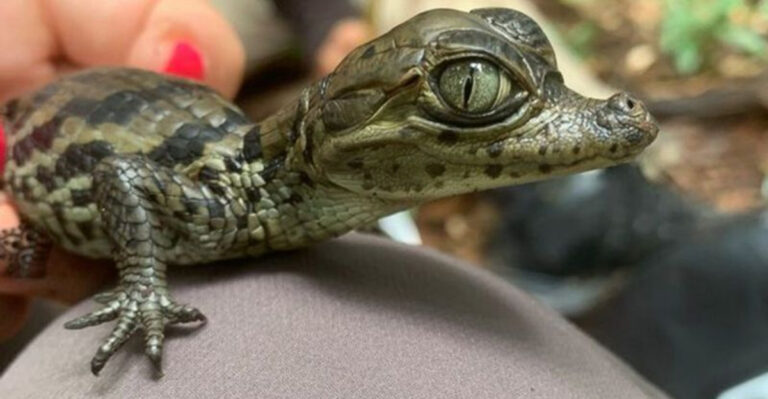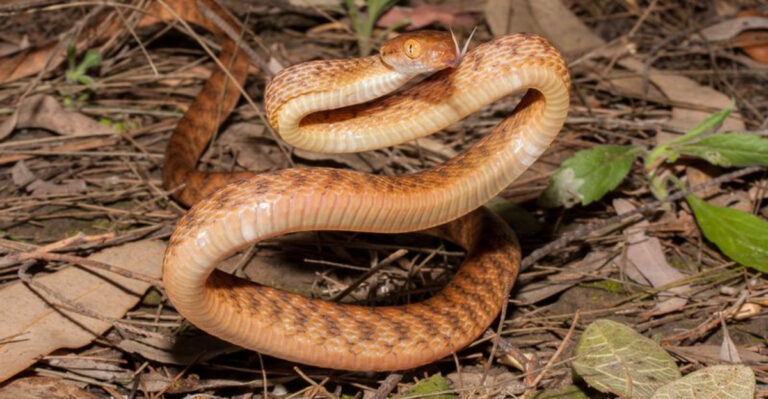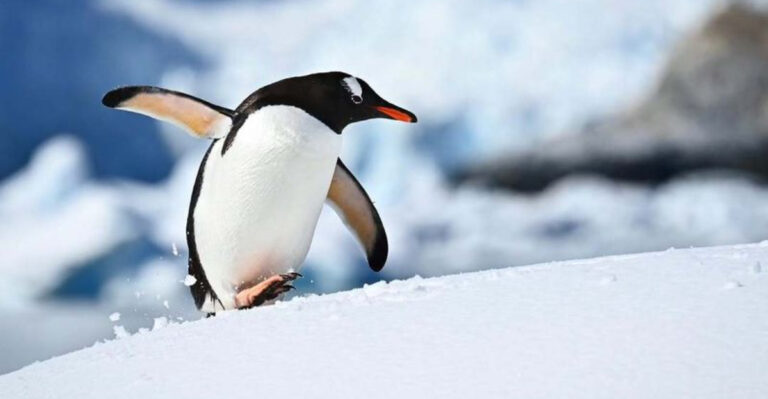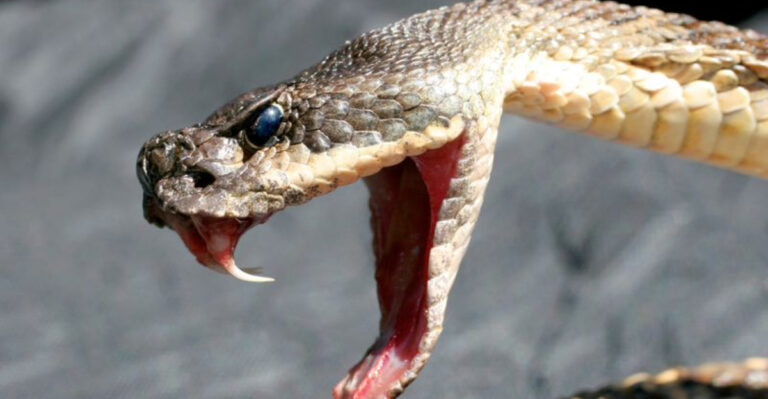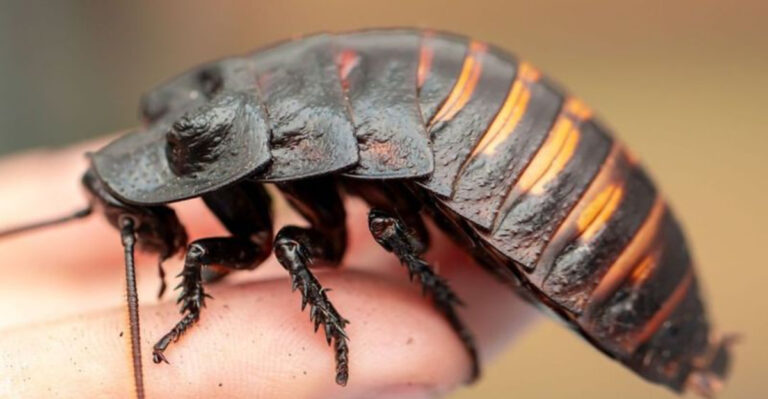16 Wild Animals That Call America’s National Parks Home
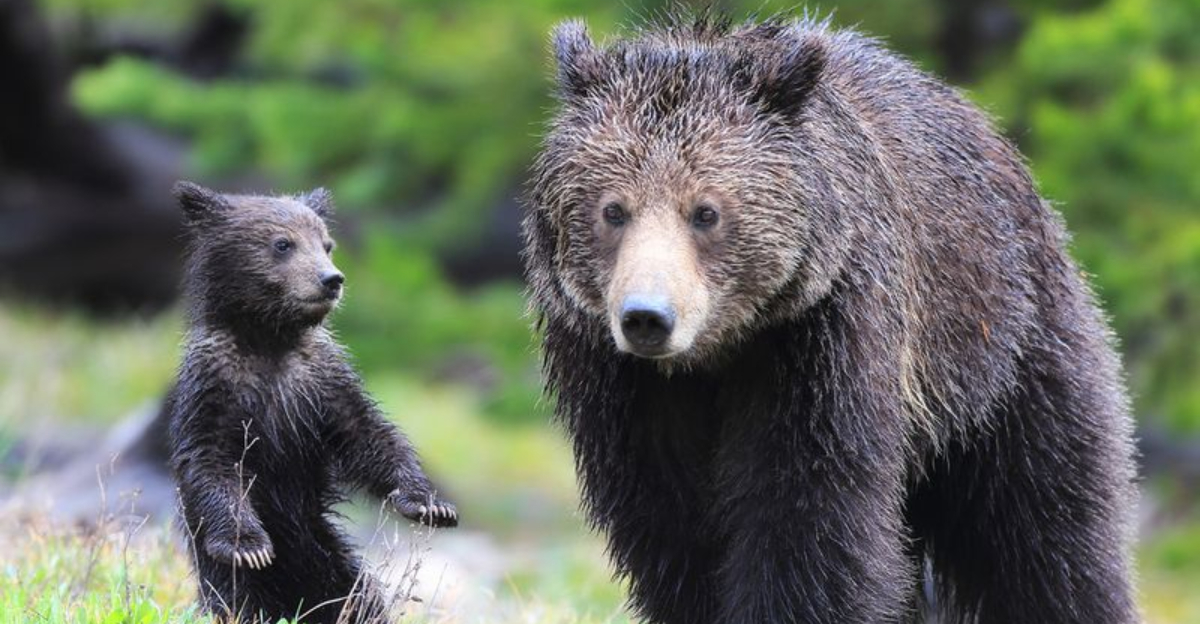
America’s national parks aren’t just breathtaking landscapes – they’re also vital sanctuaries for countless wild creatures.
From mighty predators to tiny creatures that scurry underfoot, these protected areas allow animals to thrive in their natural habitats. Next time you visit one of these magnificent parks, keep your eyes peeled for these remarkable residents who make our national treasures even more special.
1. Grizzly Bears Of Yellowstone
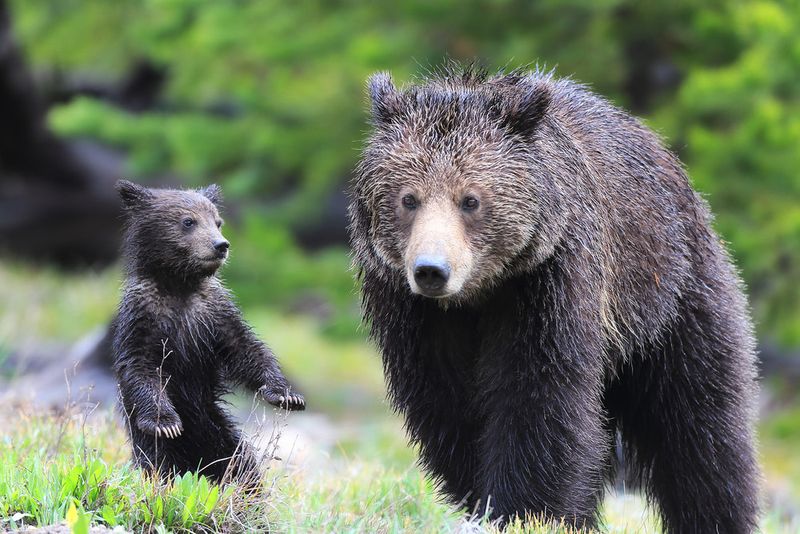
Powerful and majestic, grizzly bears roam Yellowstone’s vast wilderness as living symbols of American wilderness. These massive omnivores can weigh up to 700 pounds and stand over 7 feet tall when on their hind legs.
Look for them in meadows during spring and summer, where they dig for roots or hunt for small mammals. Visitors might spot them from a safe distance near Lamar Valley or Hayden Valley.
Despite their fearsome reputation, grizzlies mostly avoid humans and spend their days foraging for berries, nuts, and occasionally fish.
2. American Bison At Grand Teton
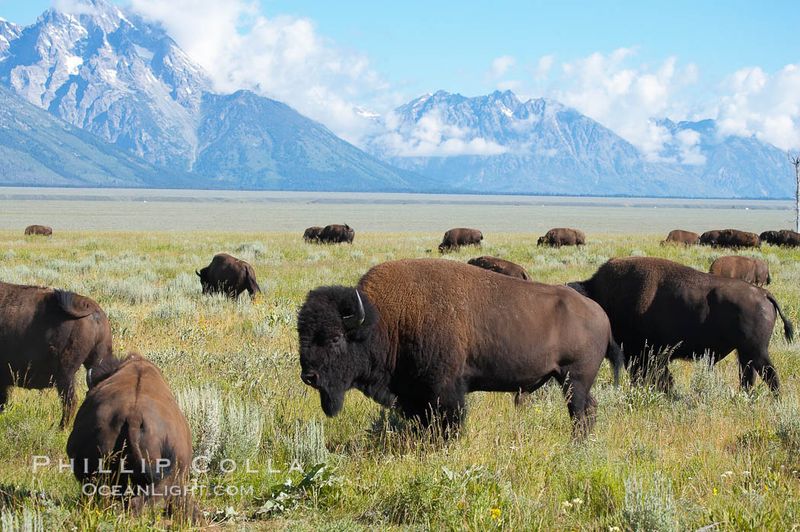
Once nearly extinct with fewer than 1,000 individuals remaining, American bison now thrive in several national parks. Grand Teton’s herds roam freely across sage-covered plains, creating an iconic image of the American West.
Males can reach 2,000 pounds, making them the largest land mammals in North America. Their massive heads and shoulders, covered in thick woolly fur, help them survive harsh Wyoming winters.
When visiting in summer, watch for adorable reddish-orange calves sticking close to their protective mothers.
3. Gray Wolves Of Isle Royale
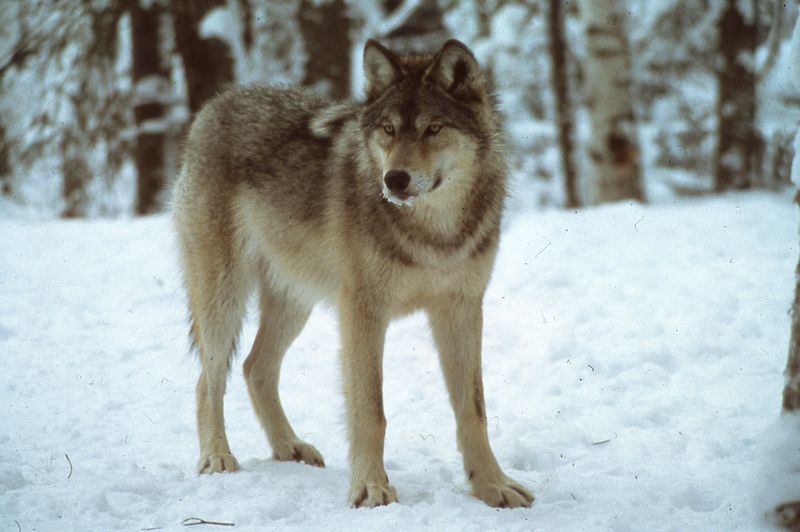
Howling across the mist-shrouded forests of Isle Royale National Park, gray wolves have created one of nature’s most fascinating predator-prey relationships. For decades, scientists have studied the delicate balance between these intelligent canids and the island’s moose population.
Recently, new wolves were introduced to strengthen the dwindling pack. Their presence maintains ecological health by controlling moose numbers, preventing overgrazing of the island’s vegetation.
Hearing their haunting howls echo across Lake Superior is an unforgettable wilderness experience few park visitors ever forget.
4. Alligators In Everglades
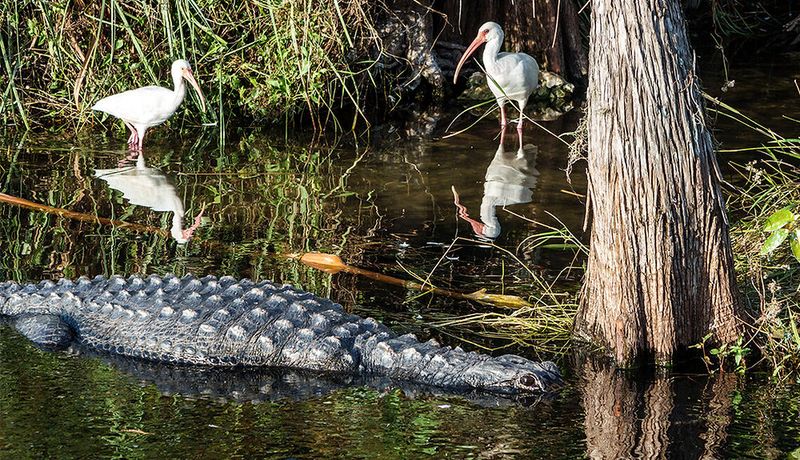
Gliding silently through murky waters with only their eyes and nostrils visible, alligators are the prehistoric rulers of Everglades National Park. These ancient reptiles have remained virtually unchanged for millions of years, perfectly adapted to their swampy kingdom.
During winter’s cooler months, hundreds gather at Anhinga Trail and other freshwater sloughs. Female alligators are remarkably attentive mothers, guarding their nests fiercely and carrying newly hatched babies in their mouths to safety.
Despite their intimidating appearance, they’re typically shy around humans unless provoked or fed.
5. Mountain Lions At Yosemite
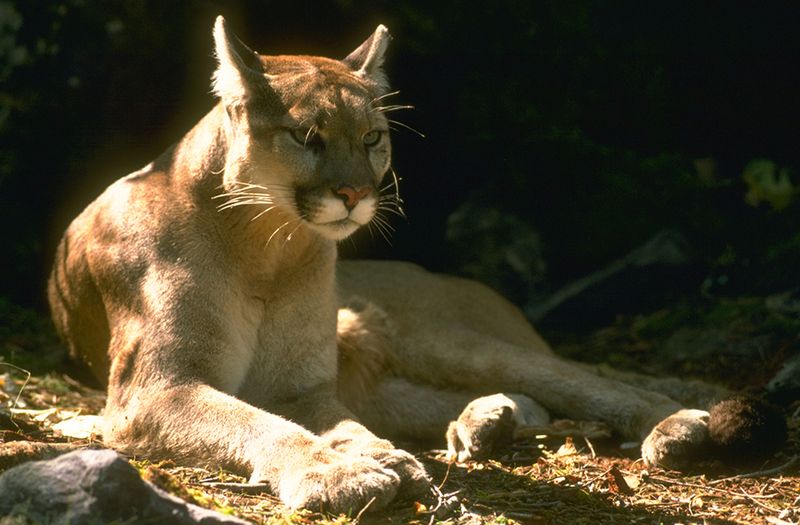
Secretive shadows of Yosemite’s wilderness, mountain lions patrol vast territories throughout the park’s diverse landscapes. Also called cougars or pumas, these solitary cats are masters of stealth, rarely seen by even the most observant visitors.
A mountain lion might travel up to 25 miles overnight while hunting deer, their preferred prey. Their powerful hind legs allow them to leap 15 feet high and 40 feet forward in a single bound!
Park biologists use motion-activated cameras to study these elusive predators, capturing glimpses of their hidden lives among Yosemite’s granite cliffs and forests.
6. Roosevelt Elk Of Olympic
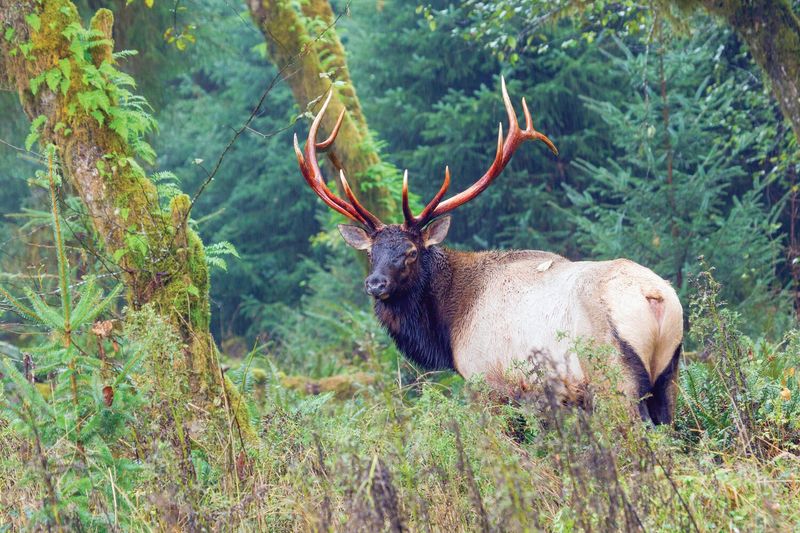
Named after President Theodore Roosevelt, these magnificent elk are the largest subspecies of elk in North America. Olympic National Park’s lush rainforests and coastal meadows provide perfect habitat for these impressive creatures.
Males sport massive antlers that can spread five feet across and weigh up to 40 pounds. Each spring, they shed these antlers and grow a completely new set by summer’s end.
The best viewing opportunities come at dawn or dusk in the Hoh Rainforest or along coastal meadows, where herds of females and calves graze under the watchful eye of a dominant bull.
7. Desert Bighorn Sheep At Zion
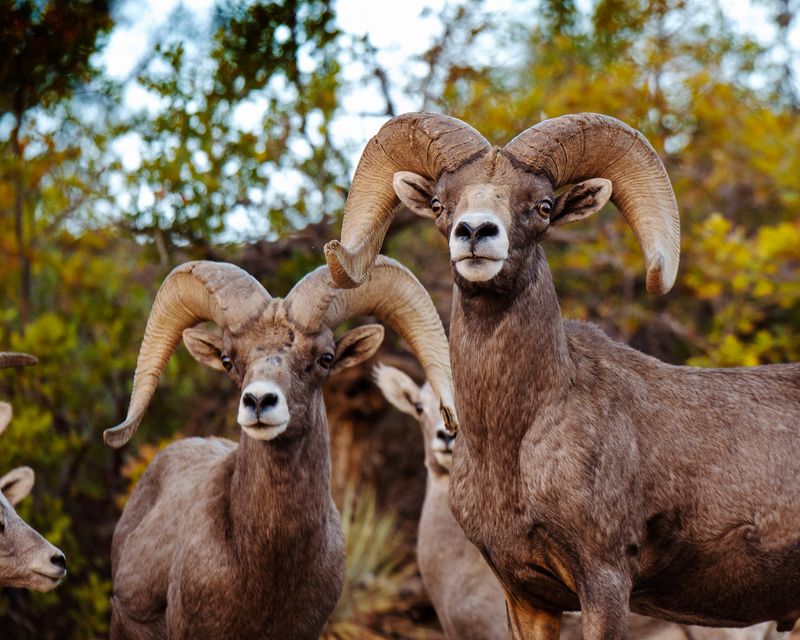
Perfectly adapted to Zion National Park’s steep sandstone cliffs, desert bighorn sheep navigate seemingly impossible terrain with remarkable agility. Their specialized hooves have soft, grippy centers surrounded by hard rims, allowing them to cling to narrow ledges and scale vertical surfaces that would defeat most predators.
Males battle dramatically during breeding season, charging each other at speeds up to 40 mph and clashing their massive curved horns. The thunderous crack of these collisions echoes through the canyon walls.
Morning hikers on the Watchman Trail often spot these nimble climbers against the park’s striking red rock formations.
8. Moose At Denali
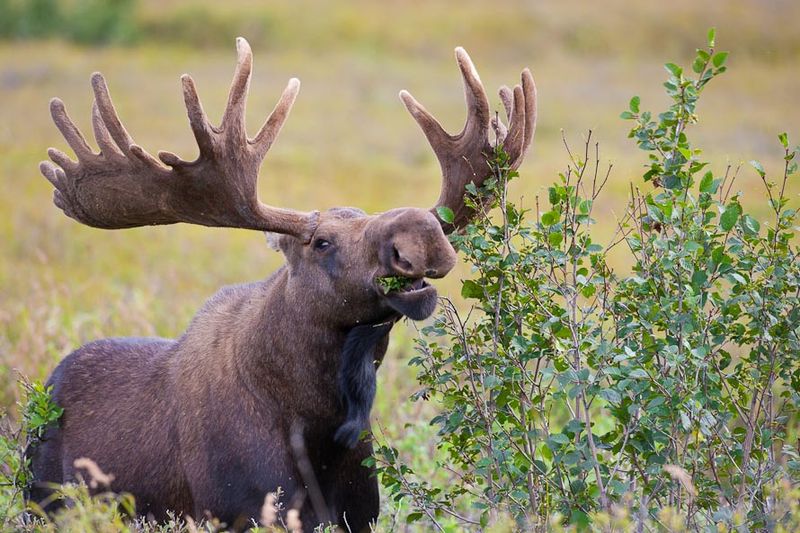
Standing taller than a horse with shoulders reaching 6.5 feet high, moose create unforgettable encounters for visitors to Denali National Park. These gangly giants sport enormous paddle-shaped antlers spanning up to 6 feet across – but only the males, as females go without.
Despite their awkward appearance, moose swim excellently and can run 35 mph through deep snow. During summer, they often wade into ponds to feast on aquatic plants and escape pesky insects.
Winter travelers might spot them along the park road, where they plow through snow using their long legs as natural snowshoes.
9. Sea Otters At Channel Islands
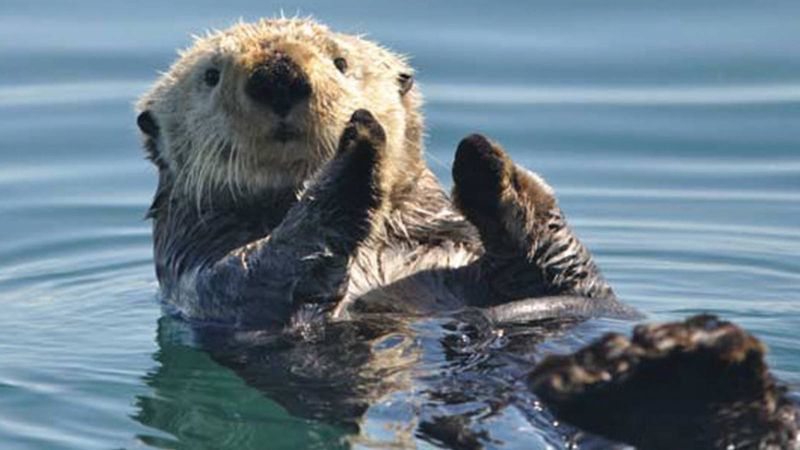
Floating on their backs while using their bellies as dining tables, sea otters bring endless charm to the waters around Channel Islands National Park. These marine mammals nearly disappeared due to fur hunting but have made a remarkable comeback.
Unlike other marine mammals, sea otters lack blubber and rely on incredibly dense fur – up to one million hairs per square inch – to stay warm. They’re tool users too, often keeping a favorite rock tucked in an underarm pouch to crack open shellfish.
Kayakers exploring the park’s kelp forests might spot otters wrapped in kelp while napping, preventing them from drifting away with the current.
10. Black Bears Of Great Smoky Mountains
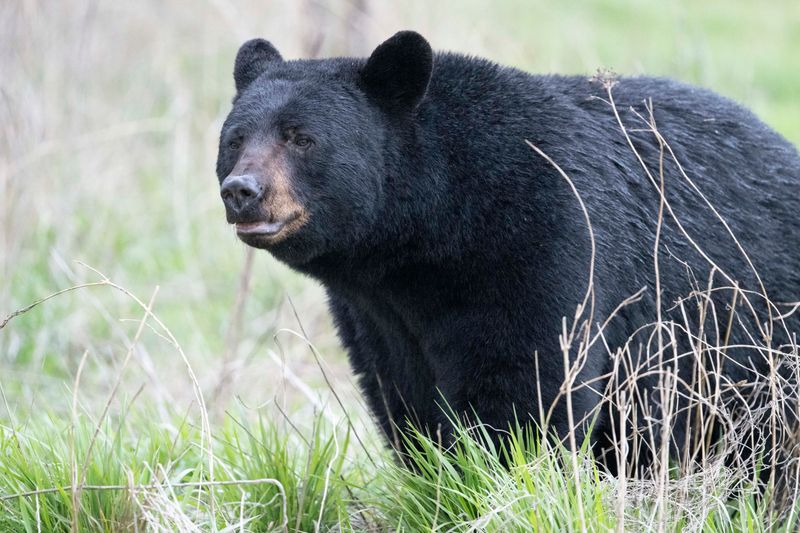
Amid the misty forests of Great Smoky Mountains National Park roams the highest density of black bears in the eastern United States. Despite their name, these bears aren’t always black – some sport cinnamon or even blond fur.
Incredibly agile climbers, cubs often scramble up trees at the first sign of danger. Adult females typically weigh around 150 pounds, while males can reach 350 pounds after gorging on autumn acorns and berries to prepare for winter dormancy.
Rangers emphasize these are wild animals, not the cartoon characters many visitors expect – maintaining safe distances protects both bears and humans.
11. Pronghorn Antelope At Badlands
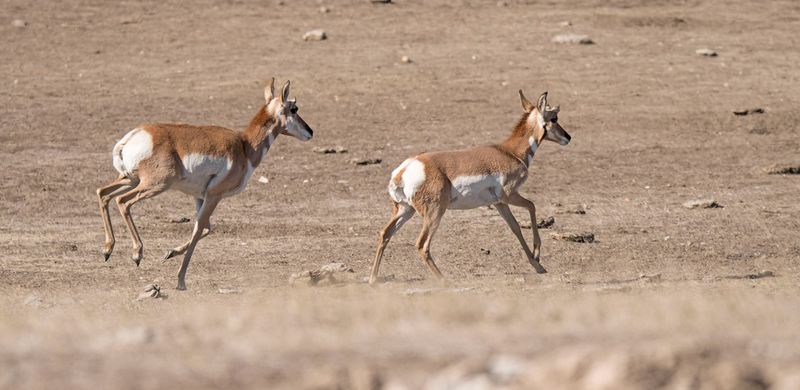
Racing across Badlands National Park’s stark landscape, pronghorns claim the title of North America’s fastest land animal. These remarkable creatures can maintain speeds of 55 mph for extended distances, outrunning any predator on the continent.
Evolved during an era when American cheetahs roamed the plains, pronghorns retained their incredible speed even after these predators went extinct. Their oversized hearts, lungs, and windpipes fuel their amazing running ability.
Though often called antelope, they’re actually unique animals forming their own family – the last survivors of a group that once included 12 similar species.
12. Humpback Whales At Glacier Bay
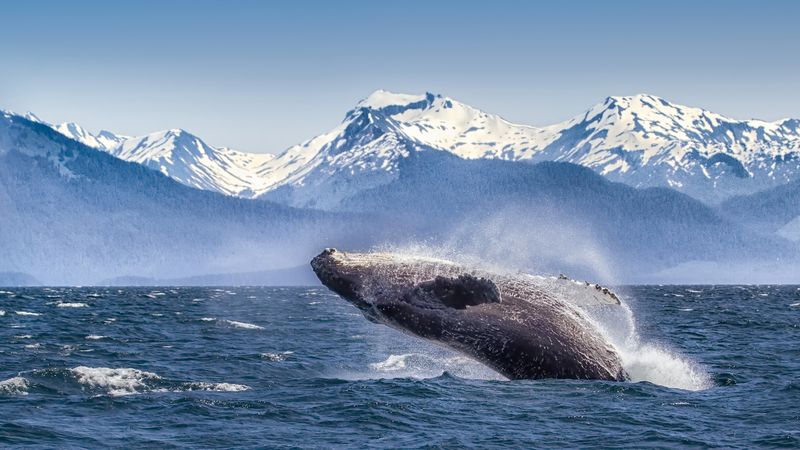
Breaching spectacularly from the cold waters of Glacier Bay National Park, humpback whales create unforgettable wildlife moments for lucky visitors. These massive marine mammals migrate over 3,000 miles each year between Alaskan feeding grounds and Hawaiian breeding waters.
Each whale sports a unique pattern on its tail fluke, allowing researchers to identify individuals like old friends. Their haunting songs can last up to 20 minutes and travel for miles underwater.
Park rangers recall the magical moment in 2016 when a mother whale and calf performed synchronized breaches 30 times in succession, delighting everyone aboard a tour boat.
13. Mountain Goats At Rocky Mountain
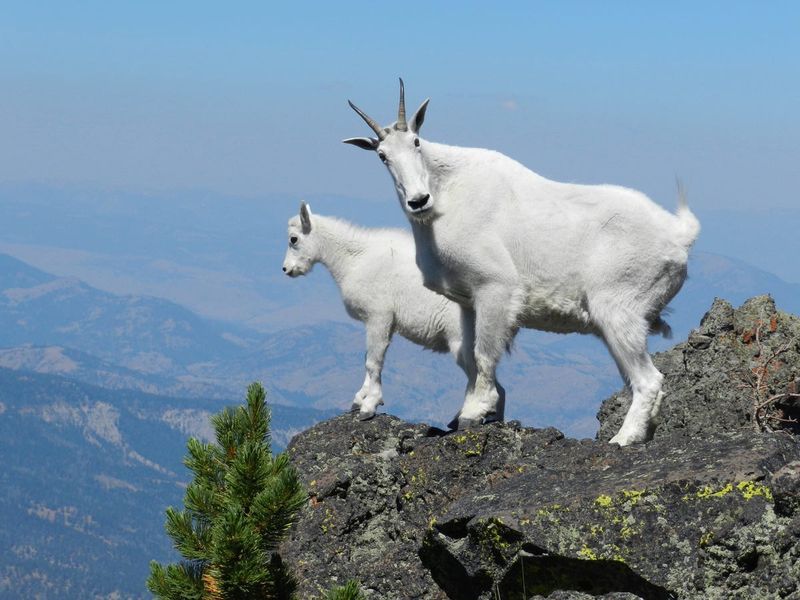
Defying gravity on sheer cliff faces, mountain goats appear as white specks against Rocky Mountain National Park’s towering peaks. These sure-footed climbers aren’t actually goats at all but belong to the antelope family.
Their specialized hooves feature a hard outer edge for grip and a soft, spongy center for traction – nature’s perfect climbing shoes. Thick white coats protect against bitter alpine winds and can add up to 3 inches of insulation during winter.
Hikers on the park’s high trails occasionally encounter these animals near Mount Evans, where they come to lick naturally occurring salt deposits from rocks.
14. American Alligator At Big Cypress
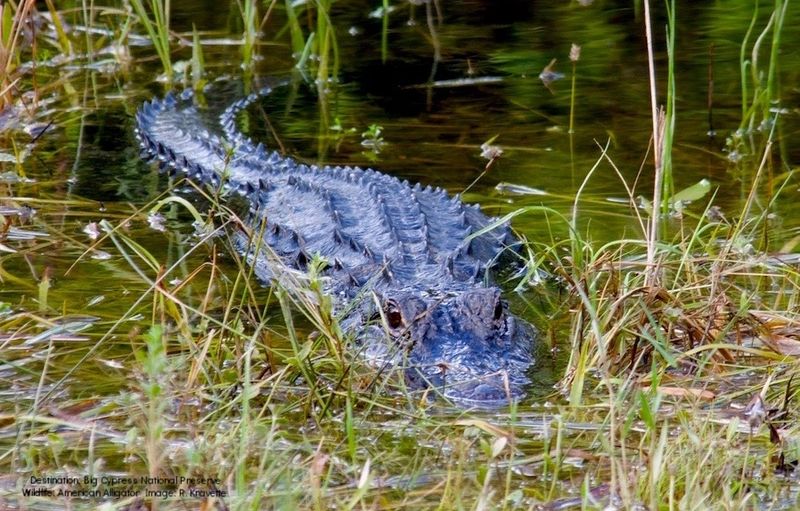
Masters of patient ambush, American alligators lurk in the wetlands of Big Cypress National Preserve. Their prehistoric appearance reminds visitors these remarkable reptiles have survived virtually unchanged for over 150 million years.
During winter dry seasons, they create “gator holes” by thrashing and digging, creating crucial water sources that benefit countless other species. These depressions become community gathering spots for fish, turtles, and wading birds.
Female alligators are devoted mothers, responding quickly to the high-pitched calls of their hatchlings and sometimes carrying the tiny 8-inch babies gently in their fearsome jaws.
15. Lynx At Voyageurs
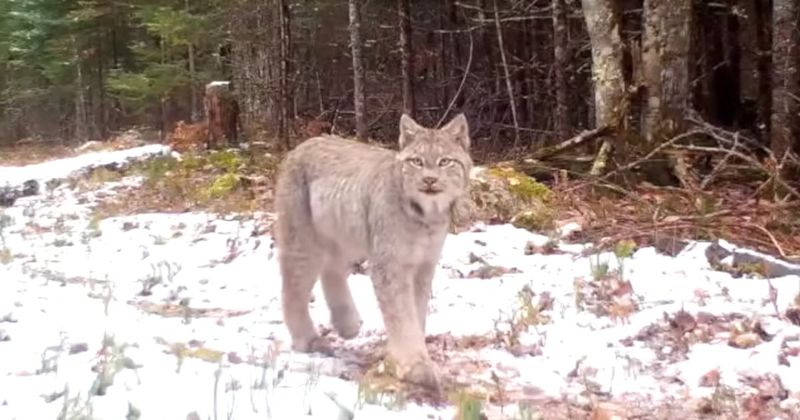
Ghost-like and rarely glimpsed, Canada lynx patrol the snowy forests of Voyageurs National Park with silent precision. These medium-sized wildcats are perfectly adapted to northern Minnesota’s harsh winters with their enormous snowshoe-like paws and thick fur.
Their distinctive tufted ears act as natural antennas, helping them pinpoint the rustling sounds of snowshoe hares – their primary prey. The fate of lynx populations rises and falls with hare numbers in a classic predator-prey cycle.
Winter visitors sometimes spot their distinctive tracks – round paw prints without claw marks, unlike those left by wolves or coyotes.
16. Foxes At Theodore Roosevelt
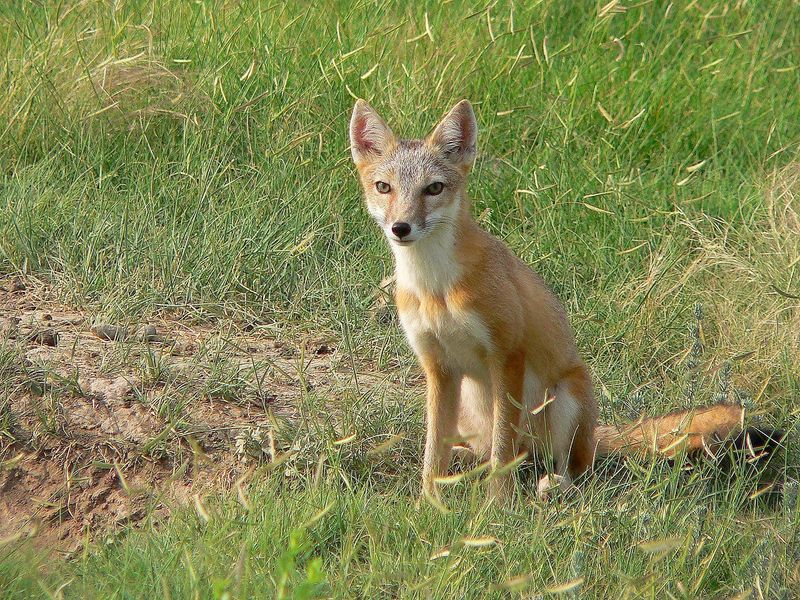
Swift fox families make their homes in the prairie dog towns scattered throughout Theodore Roosevelt National Park. These cat-sized canids sport oversized ears that serve dual purposes – cooling their bodies in summer heat and pinpointing the movements of mice and voles beneath the grass.
Unlike their red fox cousins, swift foxes don’t climb trees but dig extensive underground dens with multiple escape tunnels. Their sandy-brown coloration provides perfect camouflage against the park’s badlands terrain.
Early morning visitors might catch glimpses of playful kits tumbling outside den entrances under the watchful eyes of their parents.

